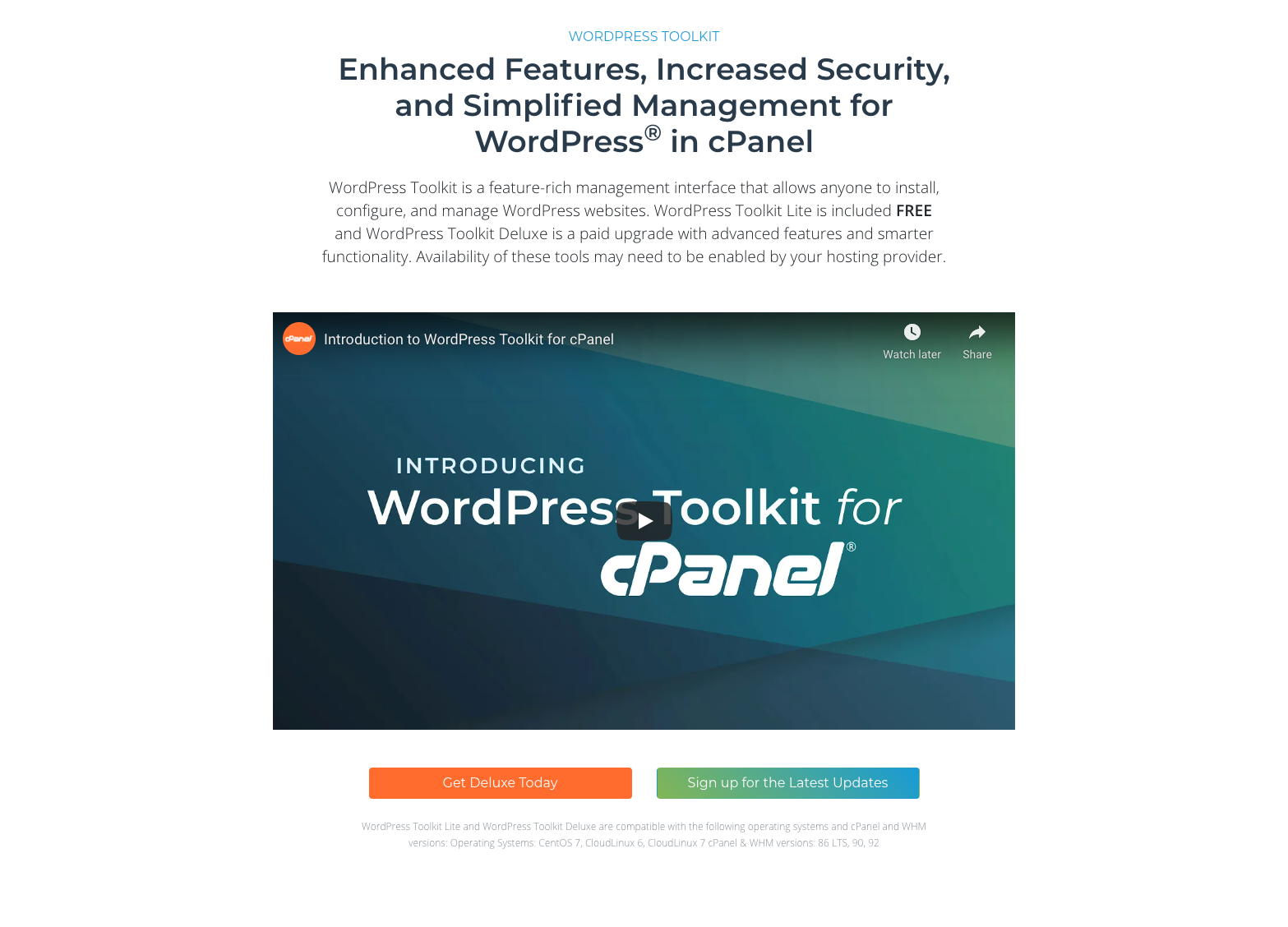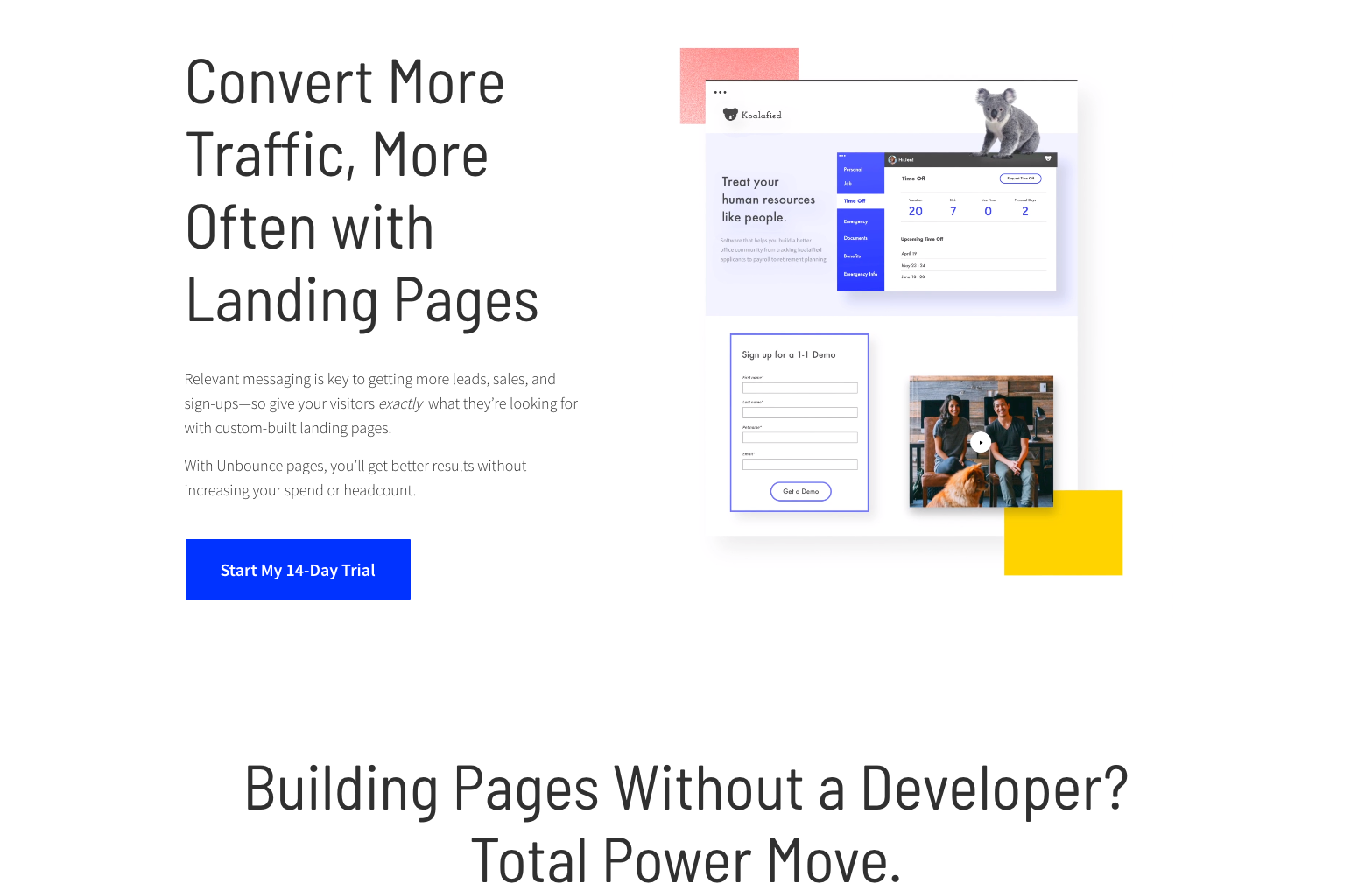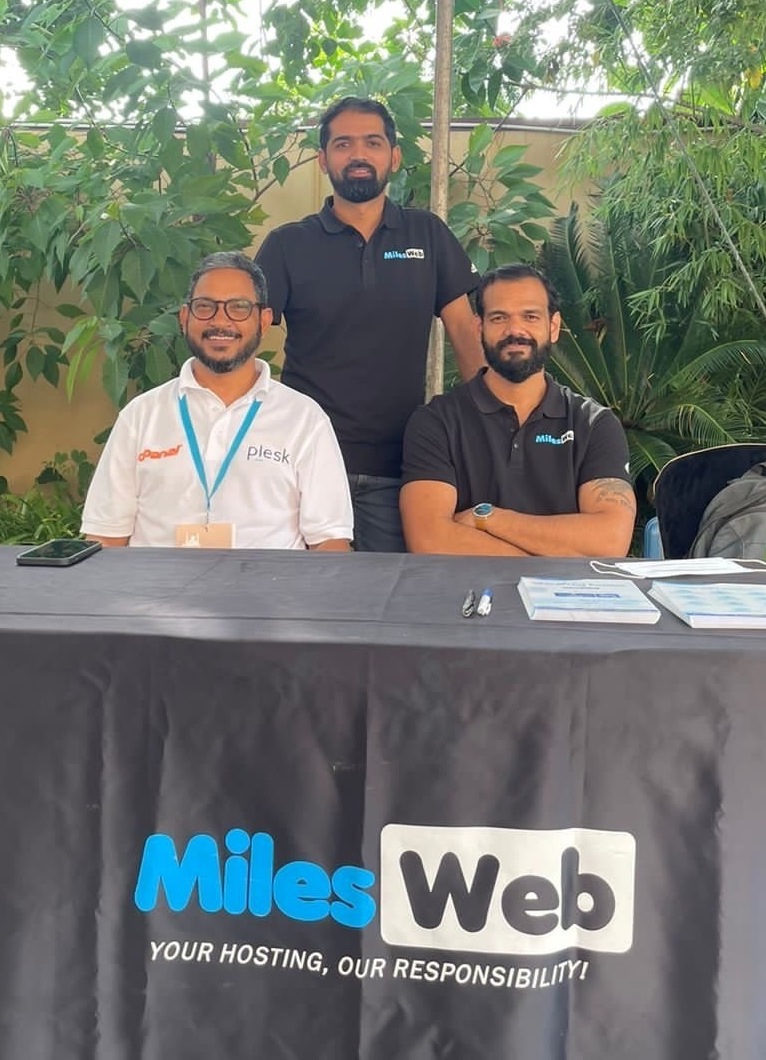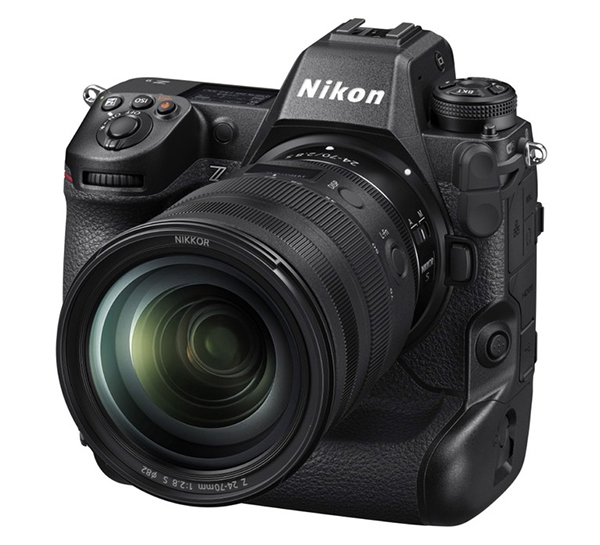How To Build An Effective Landing Page For Reseller Hosting
They say you never have a second chance to make a first impression, and that goes double for competitive industries like web hosting. Getting potential customers to your website is challenging enough, but once they click, you have only seconds to engage their attention with something more appealing than the social media stream, email, or search result page they were browsing moments ago.
That’s where landing pages shine. An effective landing page can make all the difference to your reseller hosting business’s bottom line. A great landing page turns interested visitors into customers, while mediocre examples waste the marketing budget you spent to attract them in the first place.
In this article, we’re going to explore the features of compelling reseller landing pages and offer some advice about how to build landing pages that convert.
What Is a Landing Page?
A landing page is a web page on your site, but it isn’t the same as your home page, and it is usually distinct from a standard product page. It is independent and exists to serve a specific marketing campaign with a clearly defined goal. In the case of reseller hosting, the goal is usually to get people to sign up for a hosting account.
You might be thinking that sounds just like a standard product page. After all, product pages exist to showcase your hosting services in the hope that visitors sign up. But product pages tend to be generic, whereas landing pages are specific, goal-oriented, and audience-focused. We’ll explain exactly what that means in the next section.
An ideal customer journey begins when they click an advert, social media post, or search engine result. They “land” on a page designed with a single purpose, which is to move them to the next stage of their journey, whether that’s buying a product, entering contact details, or something else.

That goal is usually represented as a call to action (CTA) displayed prominently on the page. In the above image showing the landing page for WordPress Toolkit, the CTA is the orange button with the copy “Get Deluxe Today.” If a visitor responds positively to the CTA, they are said to have converted. A landing page is a conversion machine, and every element is there to increase the likelihood of the visitor converting.
What Makes an Effective Landing Page?
Effective landing pages embody three essential qualities: they are tailored to the interests of a clearly-defined audience, they focus on how a product benefits the customer, and they are optimized over time to improve conversion rates.
Let’s take a closer look at each of these qualities.
Targets a Specific Audience
Effective campaigns segment a business’s market according to various criteria. As a reseller host, you might segment your market by how people use your hosting: WordPress blogs, business websites, photographic portfolios, and so on. Each segment has needs and interests, and they respond to different marketing messages in advertising and content.
The same is true for landing pages. The copy and images that might appeal to a photographer are not the same as those that attract a small business owner looking to host an eCommerce store.
This is one of the key factors differentiating landing pages from a standard product page. Product pages display your products generically, whereas the ideal landing page is narrowly focused and promoted to a specific audience.
For example, you might promote posts to photographers on Facebook, including a link to a landing page that tells them why your services are fantastic for hosting photography portfolios.
Focused on Benefits
Why should a potential customer choose your hosting platform over a competitor’s? For technical customers, a server spec sheet might do the trick, but most people are persuaded by benefits rather than features. A 1 Gbps network connection with redundant bandwidth providers is a feature. But ultra-reliable hosting that supports a fast, low-latency shopping experience is a benefit for an eCommerce retailer.
Optimized Over Time
It’s unlikely the first version of a landing page is the best possible version, and the most effective landing pages result from testing and iteration. You make a change, test it on live traffic to see if conversions increase, and if they do, the new version replaces the old.
Split-testing, also known as A/B testing and multi-variate testing, allows site owners to improve their landing page’s conversion rates over time. There are many services to help site owners test and optimize landing pages, including Google Optimize, Optimizely, and Unbounce (the source of the next landing page example).

The Anatomy of a Reseller Landing Page
We’ve looked at the theory of effective landing pages, so let’s finish with something more concrete. What are the six essential on-page components of a high-converting landing page?
- Simplified design — Landing pages are part of your website, but they don’t need all its features and design elements. They should be simple and focused, with all graphical and textual elements supporting the conversion goal. Some landing page designers go so far as to remove site navigation and other menus to limit distractions that might take visitors away from the page’s focused messaging.
- Hero image, main headline, and supporting copy — If you look at the previous image, you see a large headline, an attention-grabbing hero image, and audience-specific supporting copy that concisely explains the service’s benefits. These elements, the first the visitor sees, work together to reinforce a coherent and straightforward message.
- Call to action — The call to action is the page’s primary focus. The copy should be short, to-the-point, and re-emphasize the main benefit, whether that’s a free trial, useful information, or a premium web hosting experience. Color and contrast can help the CTA stand out from the page.
- Simple pricing information — Hosting clients want to know how much they’re paying and what they’re getting for their money. Some industries can get away with being coy about pricing, but hosting is highly competitive, and it’s best to play it straight. Include a simple price matrix that highlights the best value plans for the landing page’s intended audience
- Subheadings with supporting copy — A simple landing page might only include the elements we’ve discussed, but it is advisable to go beyond the basics with short subheadings and concise copy that explain additional benefits to using your web hosting service: great support, an intuitive cPanel interface, managed services, and so on.
- Evidence — People expect you to say that your hosting services are superior to your competitors’ offerings. It may be true, but everyone else says the same, so you need evidence. That might be social proof in the form of testimonials and reviews, external validation such as certifications and awards, or links to resources like blog articles and white papers that showcase your expertise.
Landing pages that combine the elements and components discussed here are more likely to be successful than a simple product page. That’s why big brands follow the same formula. However, you shouldn’t be afraid to add a little personality, especially where design, imagery, and copy are concerned. Creativity with your brand and marketing assets will help your hosting business to make an impression and stand out from the crowd.
As always, if you have any feedback or comments, please let us know. We are here to help in the best ways we can. You’ll find us on Discord, the cPanel forums, and Reddit. Be sure to also follow us on Facebook, Instagram, and Twitter.





